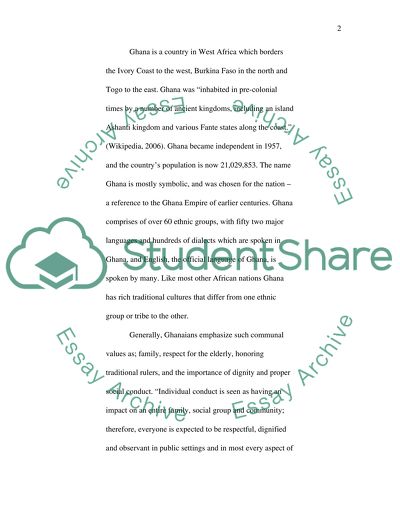Cite this document
(“Ghana and the Ashanti Tribe Essay Example | Topics and Well Written Essays - 2500 words”, n.d.)
Retrieved from https://studentshare.org/miscellaneous/1520283-ghana-and-the-ashanti-tribe
Retrieved from https://studentshare.org/miscellaneous/1520283-ghana-and-the-ashanti-tribe
(Ghana and the Ashanti Tribe Essay Example | Topics and Well Written Essays - 2500 Words)
https://studentshare.org/miscellaneous/1520283-ghana-and-the-ashanti-tribe.
https://studentshare.org/miscellaneous/1520283-ghana-and-the-ashanti-tribe.
“Ghana and the Ashanti Tribe Essay Example | Topics and Well Written Essays - 2500 Words”, n.d. https://studentshare.org/miscellaneous/1520283-ghana-and-the-ashanti-tribe.


